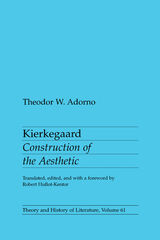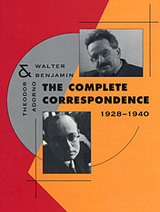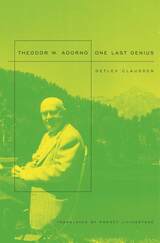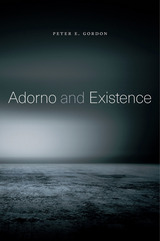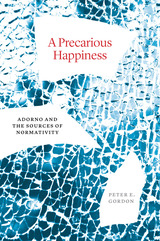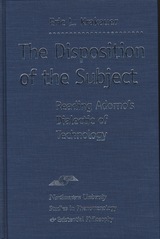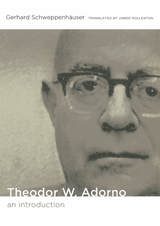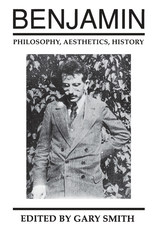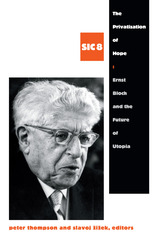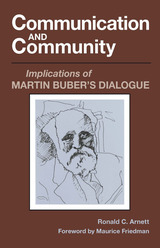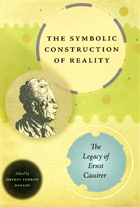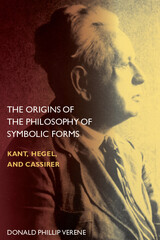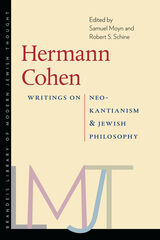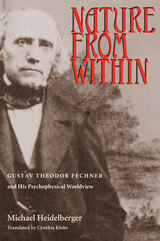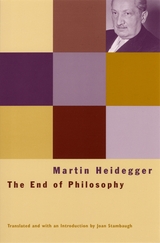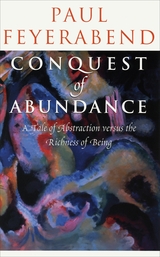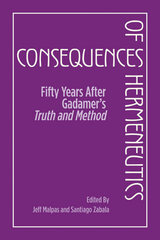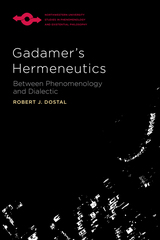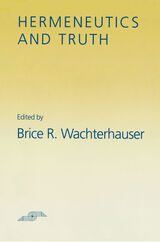eISBN: 978-0-8093-8319-1 | Paper: 978-0-8093-1284-9
Library of Congress Classification B3213.B84A87 1986
Dewey Decimal Classification 181.06
Martin Buber’s work suggests that real life begins with two individuals engaged in dialogue, not just taking care of one’s own needs as described in social Darwinism.
Arnett argues that the end of the age of abundance demands that we give up the communicative strategies of the past and seek to work together in the midst of limited resources and an uncertain future. Today’s situation calls for an unwavering commitment to Buber’s “narrow ridge” concern for both self and community.
Arnett illustrates the narrow ridge definition of interpersonal communication with rich examples. His vignettes demonstrate effective and ineffective approaches to human community. An effective approach, he makes clear, incorporates not only openness to others’ points of view but also a willingness to be persuaded.
See other books on: Buber, Martin | Communication | Community | Implications | Speech & Pronunciation
See other titles from Southern Illinois University Press

